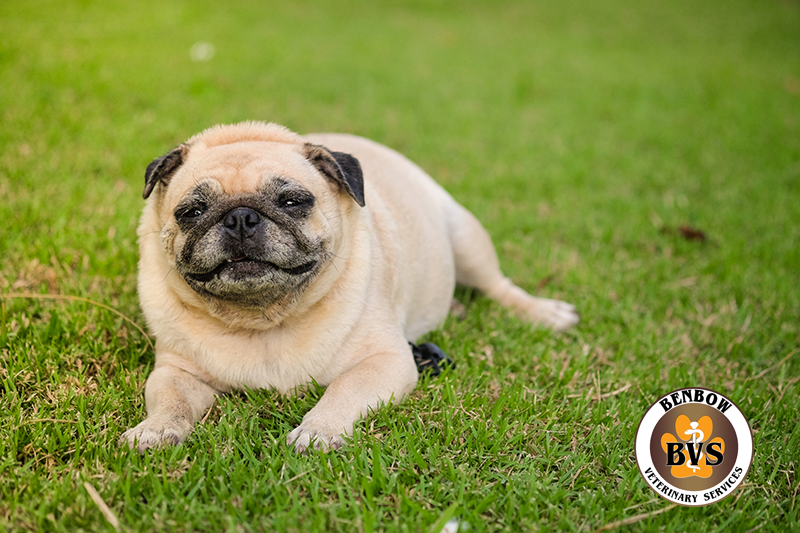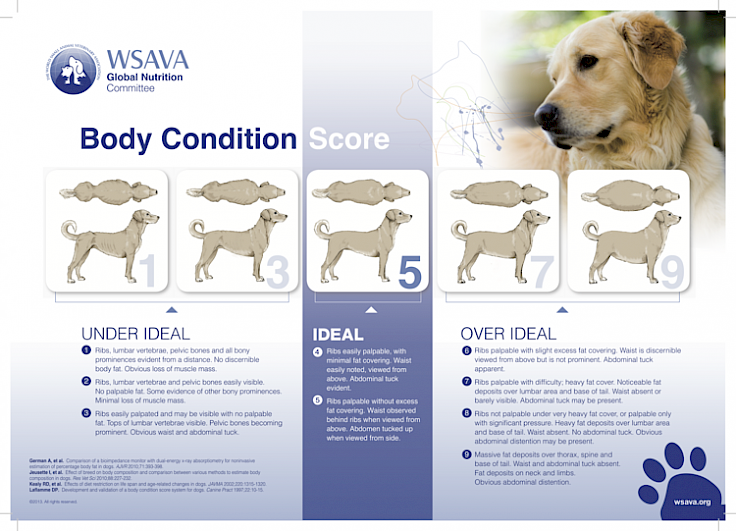How You Can Help Keep Your Pet In Shape

Did you know, according to the Association for Pet Obesity Prevention, an estimated 60% of cats and 56% of dogs in the United States are overweight or obese.
It's a reality most pet owners either don't think about or aren't sure how to control, almost like a secret life of pets that isn't normally discussed (kind of like that uncle relatives whisper about at Thanksgiving). But the reality is, pet obesity has been on the climb since 2016, affecting more than 50 million dogs and just under 57 million cats.
So what is a pet parent to do? Well, we all know Fluffy or Fido aren't going to be able to do it alone. It's up to us to help keep their weight in check and make sure the obesity does not affect their daily lifestyle or, more importantly, lead to greater health issues (hypertension, osteoarthritis, liver disease, diabetes, or insulin resistance...yikes!).
Preventative Measures
Our own Dr. Cynthia Benbow recently discussed preventative measures you can take to help control your pet's weight. The main culprits of weight gain - food and treats! As Dr. Benbow mentions, we don't necessarily think about calories when it comes to giving our pets a treat or two (or three, or four...).
Take a look as Dr. Benbow breaks it down and gives some healthy alternatives to store-bought treats:
Also knowing what your pet's ideal weight is will help. Below are some charts that can be used as a reference to know your pet's ideal body condition. Keep in mind though that just like humans, all pets are different so knowing your pet's overall health is important.
Ideal Body Condition For Dogs

Ideal Body Condition For Cats

But the most important thing you could do - speak with your vet! Your vet will help you devise a wellness plan that is suitable for your pet. Then it's up to you as a pet parent to implement (and stick to) the plan to keep your pet healthy for the length of his/her life!





